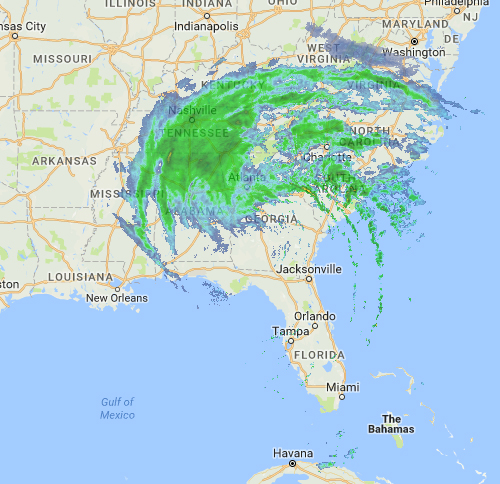MARPLOT 5.1 Release Includes Enhanced Import, NOAA Charts, and More
OCTOBER 6, 2017--A significant update to the MARPLOT® mapping software was released in late September, giving emergency responders and planners improved tools for assessing geospatial information for emergency incidents and creating custom maps.

With this latest update, MARPLOT can now import 11 different file types—including geodatabase, shapefile, and Google KML/KMZ files. This broad range of import options allows MARPLOT users to bring in map data from a variety of common sources and mapping programs.
Significant changes in MARPLOT 5.1 include:
- Added geodatabase files to the list of supported import file types
- Modified new layer function to allow cloning of an existing layer (to use its settings as a template)
- Enhanced support for folders in export, import, and new layer creation
- Switched to SQLite as the internal database structure (rather than DBF)
- Enhanced support for U.S. National Grid coordinates in export and import
- Improved time zone support and added Date and Date-Time data field types
- Added ability to move objects to a different layer (if the data fields match)
- Added new search features and search results display options
- Added ability to include links to local files on the computer in popup notes and info boxes
- Revised basemap options, including new Esri basemaps and NOAA nautical charts
- Added enhancements for program stability and improvements for program speed
MARPLOT is part of the CAMEO® software suite, which is developed jointly by NOAA and the U.S. Environmental Protection Agency. The CAMEO suite provides tools to assist responders during chemical emergencies, and to help emergency planners prepare for them ahead of time.
You can use MARPLOT interactively with other desktop programs in the CAMEO suite to display ALOHA® threat zone objects for hazardous chemical releases and link map objects to records in the CAMEOfm database program to store additional information (such as facility site plans and contact information).
For more information, contact Brianne.Connolly@noaa.gov.
